Admittedly, this is an unusual scene for Tet , according to CNN. As the tablecloth is spread out, diners stand around, close together, chopsticks clenched in their hands.
As each ingredient is added to the plate, auspicious words are chanted – first the vegetables, then the raw fish slices, followed by the sauce and finally the garnishes such as nuts or fried wontons.
People are preparing to launch the most bizarre New Year's dish
PHOTO: ST
Everyone dives into the salad immediately, tossing the ingredients higher and higher while shouting louder and louder - all in the hopes of bringing good luck for the coming year.
“Some of the most common auspicious phrases include Huat ah! (meaning prosperity), Xin nian kuai le! (happy new year), and Da ji da li! (good luck and fortune),” said Paul Liew, owner of Keng Eng Kee Seafood (KEK), a Michelin Guide-recommended restaurant in Singapore .
"The higher you throw, the more blessings you wish for. But it's more spiritual than a competition," he said.
The food throwing game of wishing prosperity, also known as yusheng/yee sang (raw fish) or lou sang/lo hei (stirring), is extremely popular in Singapore and Malaysia. Both claim to have invented the modern version of the tradition. The truth remains unclear.
"The prosperity dish is closely associated with the Lunar New Year celebrations in Singapore. The Singapore version of yusheng that I have read and been told originated in the 1960s in Singapore, invented by four Chinese chefs of that era, known as the 'Four Heavenly Kings'," said Liew.
It is said that they decided to add seven colorful chopped vegetables as well as sweet and sour plum and tangerine sauce to the raw fish slices - a traditional Chinese delicacy - to create the prosperity dish that is known and loved by many today.
Politicians, including Singapore's current Prime Minister Lawrence Wong (left) and Malaysia's Prime Minister Anwar Ibrahim (third from left), mix a plate of yusheng during the 2023 Lunar New Year celebrations.
PHOTO: AFP
Meanwhile, in Malaysia, many people claim that this dish was created by chefs of this country, inspired by the traditional fish noodle dish, at the Loke Ching Kee restaurant in Seremban city in the 1940s.
While it is important to know where it originated, it is also important to remember that both countries were once one and now lie side by side.
Liew says his father first introduced yusheng to his restaurant menu in Singapore in the 1990s. Their version has evolved over time, but the core ingredients remain the same – thinly sliced raw fish with shredded vegetables like carrots and radishes, and a variety of seasonings like jellyfish, preserved ginger, peanuts and sesame seeds.
But the secret to deliciousness lies in the sauce and most restaurants have their own recipes.
Liew says the juggling part is not just for fun, but also for flavor. The thorough tossing helps the chopped vegetables release moisture, which combines well with the sauce.
Chinese restaurants around the world — from San Francisco to Hong Kong — have started to pick up on the trend and offer their own versions of the lucky treats during the Lunar New Year.
Thanhnien.vn
Source: https://thanhnien.vn/mon-an-ngay-tet-duoc-cho-la-cuoc-chien-vo-cung-ky-la-185250201091123278.htm


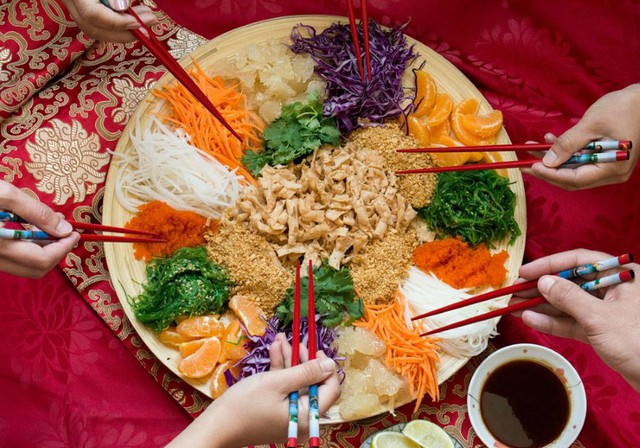
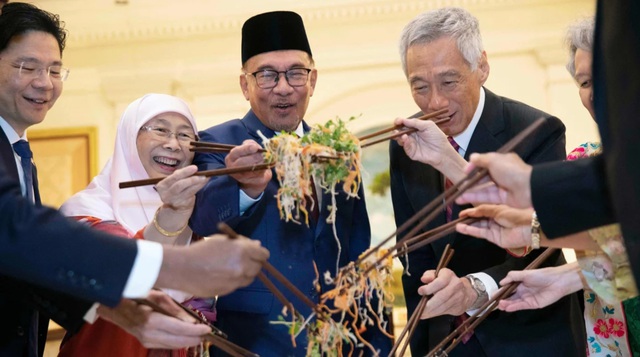
![[Photo] Prime Minister Pham Minh Chinh receives Swedish Minister of International Development Cooperation and Foreign Trade](https://vphoto.vietnam.vn/thumb/1200x675/vietnam/resource/IMAGE/2025/5/12/ae50d0bb57584fd1bbe1cd77d9ad6d97)

![[Photo] Prime Minister Pham Minh Chinh starts construction of vital highway through Thai Binh and Nam Dinh](https://vphoto.vietnam.vn/thumb/1200x675/vietnam/resource/IMAGE/2025/5/12/52d98584ccea4c8dbf7c7f7484433af5)
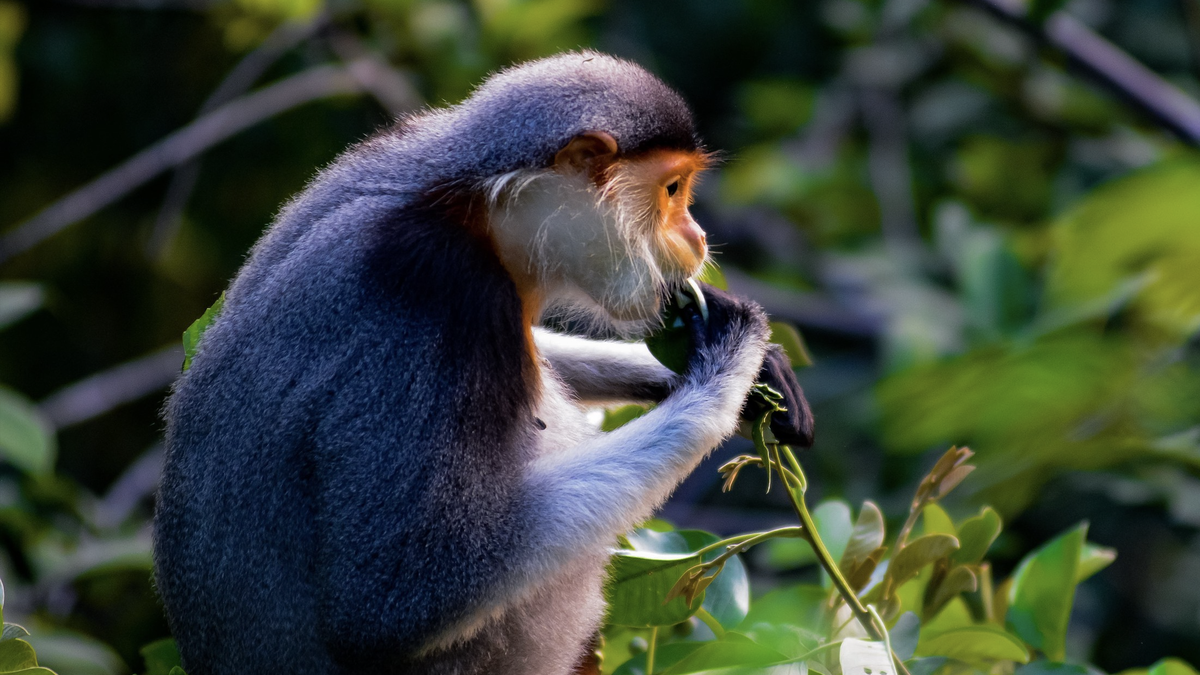

![[Photo] Prime Minister Pham Minh Chinh works with the Standing Committee of Thai Binh Provincial Party Committee](https://vphoto.vietnam.vn/thumb/1200x675/vietnam/resource/IMAGE/2025/5/12/f514ab990c544e05a446f77bba59c7d1)


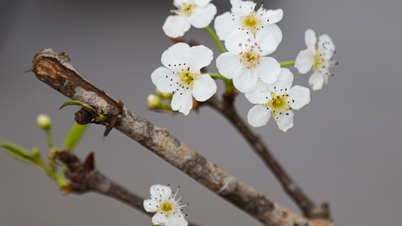





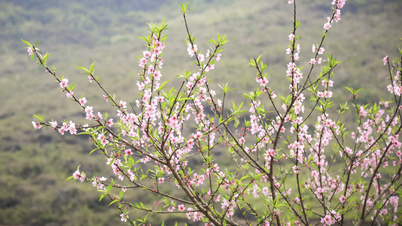

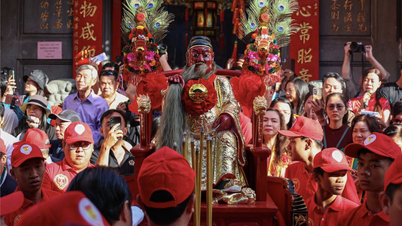


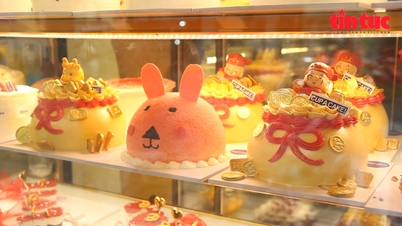
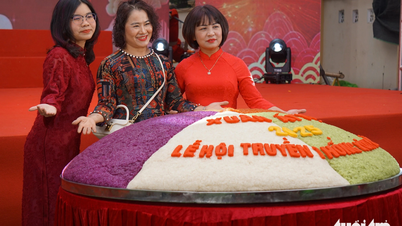






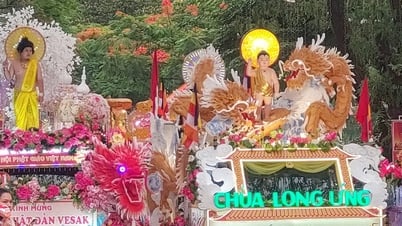







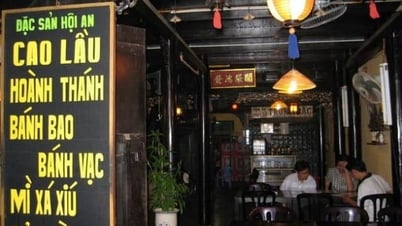

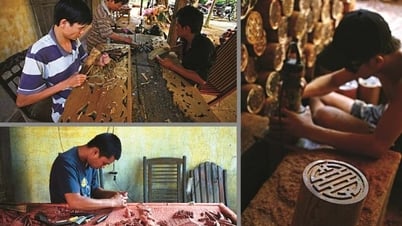


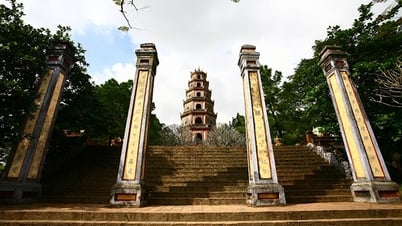
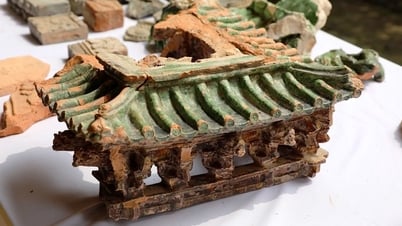






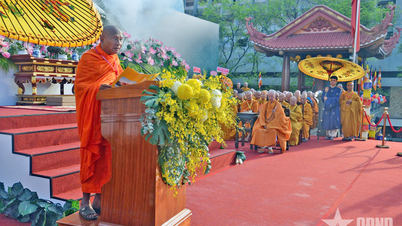
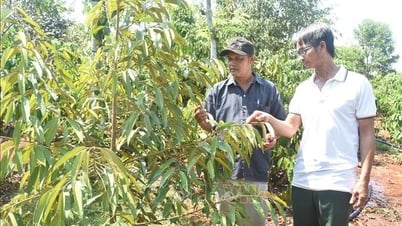





























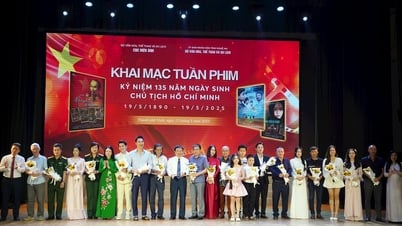

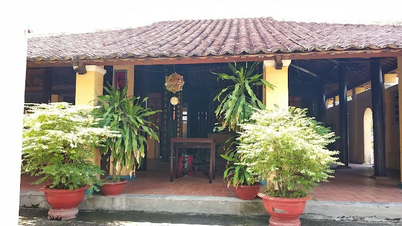


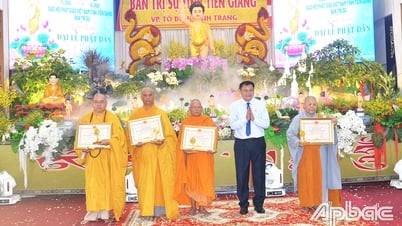

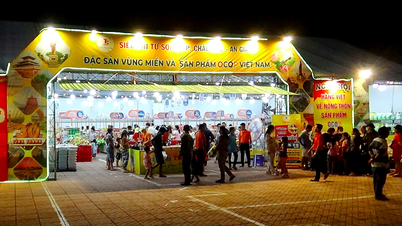

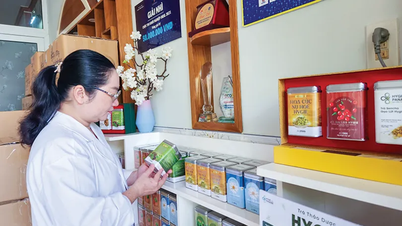

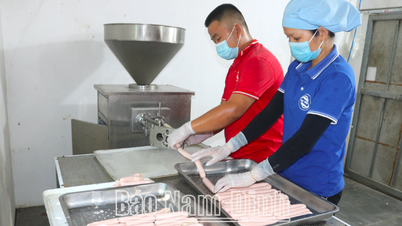

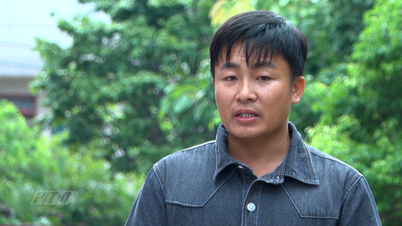

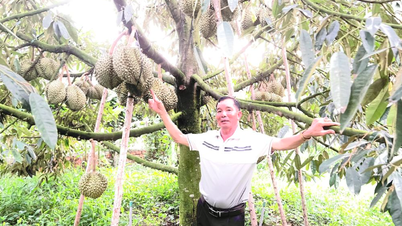


Comment (0)